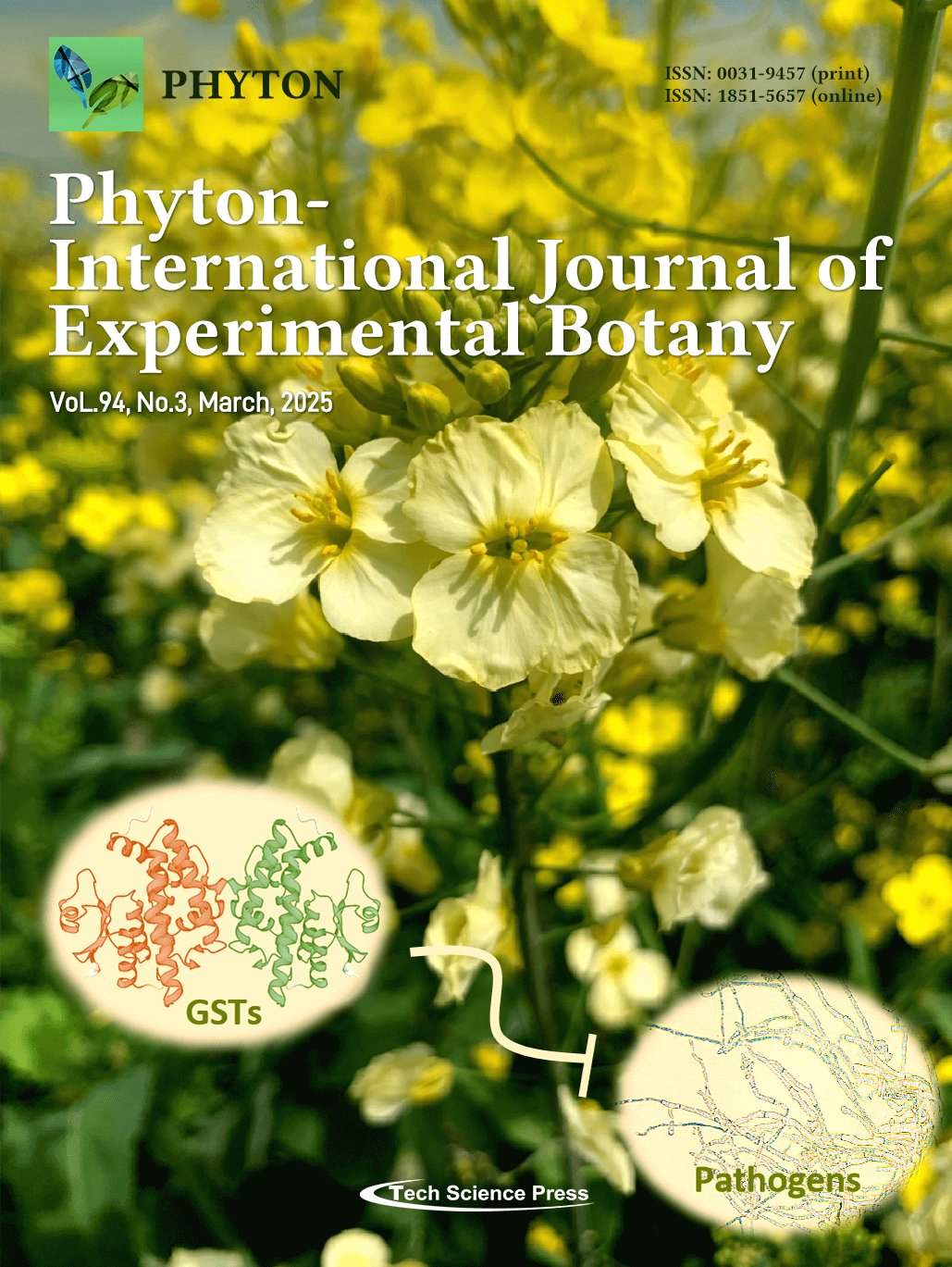
Glutathione S-transferases (GSTs) play a crucial role in regulating plant growth, development, and responses to environmental stresses. This issue’s cover features blooming rapeseed (Brassica napus), highlighting the significance of GSTs in plant defense mechanisms. The molecular illustration represents the structure of GSTs and their involvement in plant-pathogen interactions. Extensive research has demonstrated that GSTs contribute not only to detoxification processes but also to signal transduction, antioxidant defense, and hormone metabolism, thereby enhancing plant resilience to environmental challenges.
This issue of PHYTON – International Journal of Experimental Botany highlights the latest advancements in GST research and its applications in plant resistance. We anticipate that continued exploration in this field will pave the way for innovative agricultural strategies, contributing to enhanced crop resilience and sustainable food production.
View this paper